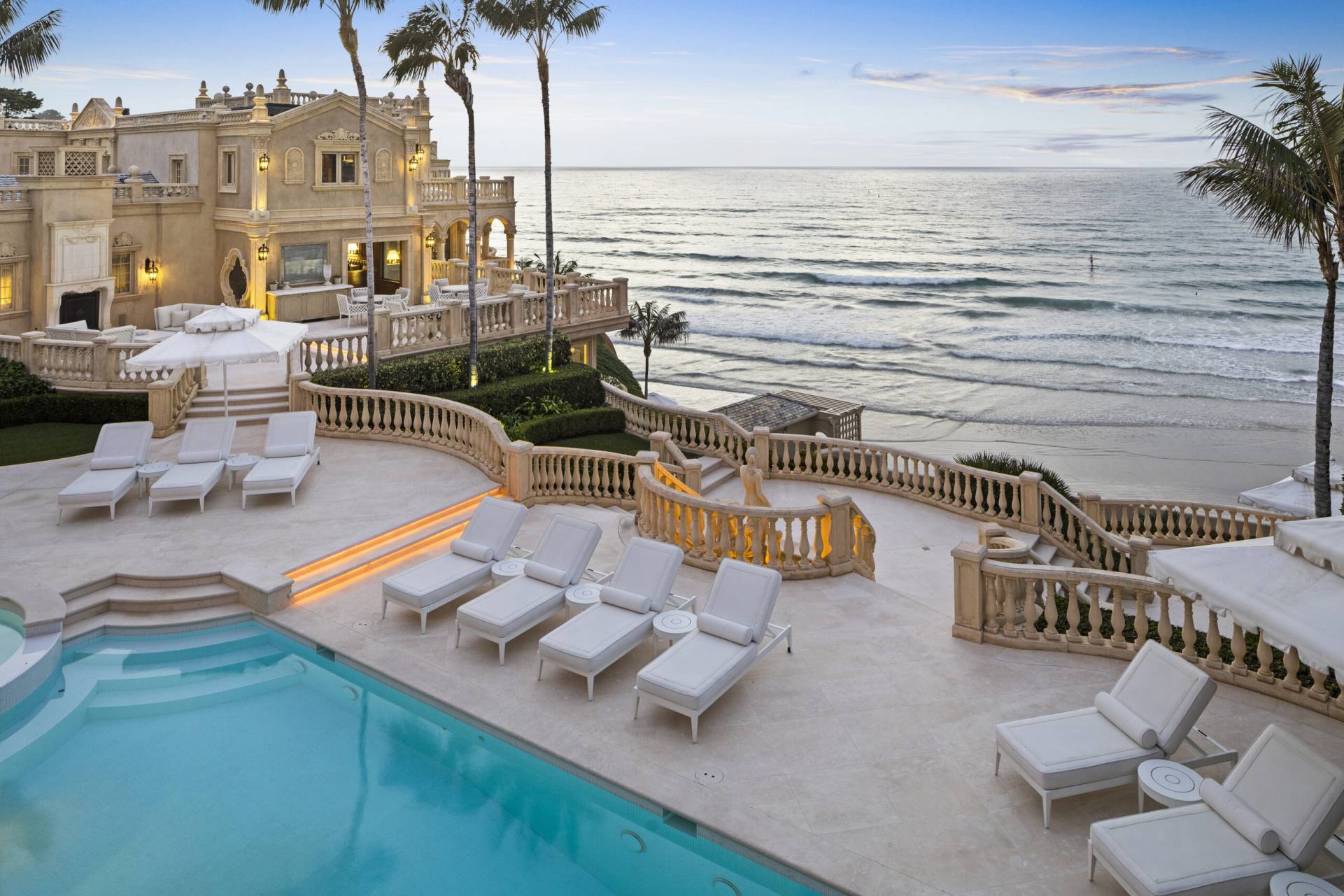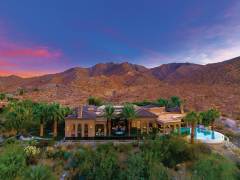Whether you’re hosting a clambake on Nantucket, enjoying a procession of edible jewels at a Tokyo sushi bar or simply shopping for a suburban supper, the days of consuming seafood with careless abandon are gone. The oceans are desperately overfished, and seafood lovers must be conscious of their own personal impact on the aquatic environment.
The best known resource for both suppliers and consumers is Seafood Watch, a program created by the Monterey Bay Aquarium in Northern California 20 years ago. Its regional consumer guides, identifying the most sustainable and most threatened species, are valued by consumers, chefs and eco-conscious corporations. “We use a rigorous, scientifically-based standard to come up with recommendations, result-ing in the most up-to-date, credible information,” states Maddie Southard, content manager for Seafood Watch.
So influential are these guides—60 million have been distributed to date—that when a particular item moves from the red (“Avoid”) category to yellow (“Good Alternatives”) or green (“Best Choices”), millions of dollars can change hands. Reflecting the thoroughness of Seafood Watch’s recommendations, flounder appears four times as a “Best Choice,” 14 times as a “Good Alternative” and 18 times in the “Avoid” column depending on the exact species, geographic origin and methods of fishing or farming employed.

©Monteray Bay Aquarium, Photo by Tyson V. Rininger.
“Consumers help drive change, and when businesses recognize what’s import-ant to consumers they respond,” reports Southard of Seafood Watch’s ability to engage corporations like Whole Foods and Blue Apron. The program’s restaurant partners transcend economic strata, from trendy Farallon in San Francisco to family-friendly Red Lobster restaurants across the country.
In its early days, businesses viewed Seafood Watch as a fringe movement but today participation is embraced and display of the organization’s yellowfin tuna logo can be a marketing asset. A Blue Ribbon Task Force, comprised of honored culinary authorities, enhances Seafood Watch’s relevance with diners. “The public admires chefs and culinarians, and we realized the impact they have on consumers,” offers Southard, who adds, “Chefs were some of the earliest supporters of the movement so this was a natural partnership.”
“Whenever I’m making decisions about what to put on a menu, I always ask myself, ‘What would Sheila do,’” says Los Angeles chef Michael Cimarusti, referring to Seafood Watch’s Sheila Bowman, who oversees outreach to chefs. Cimarusti, who has earned two Michelin stars at his flag-ship restaurant Providence, became conscious of sustainable sourcing issues as a young chef in L.A. 20 years ago, when a Gourmet magazine review admonished him for serving bluefin tuna.
“As I learned more about issues relating to sustainability, I became really passion-ate about it and wanted to become more active in the movement,” explains Cimarusti. “I was honored to be asked to sit on the Task Force and have learned a tremendous amount from Seafood Watch,” says the chef, who shares all of the program’s recommendation alerts with his staff.
Éric Ripert, chef/partner of New York’s Le Bernardin, takes sustainability as seriously as Cimarusti. “I spend my days with many varieties of fish, considering which are best for the restaurant, he says. Ripert explains, “This means more than just judging by flavor and composition, but includes the ethics and politics surrounding how they’ve been made available to us.” The Michelin three-star chef cautions, “If we don’t support the artisanal way of catching fish, it’s going to disappear.”
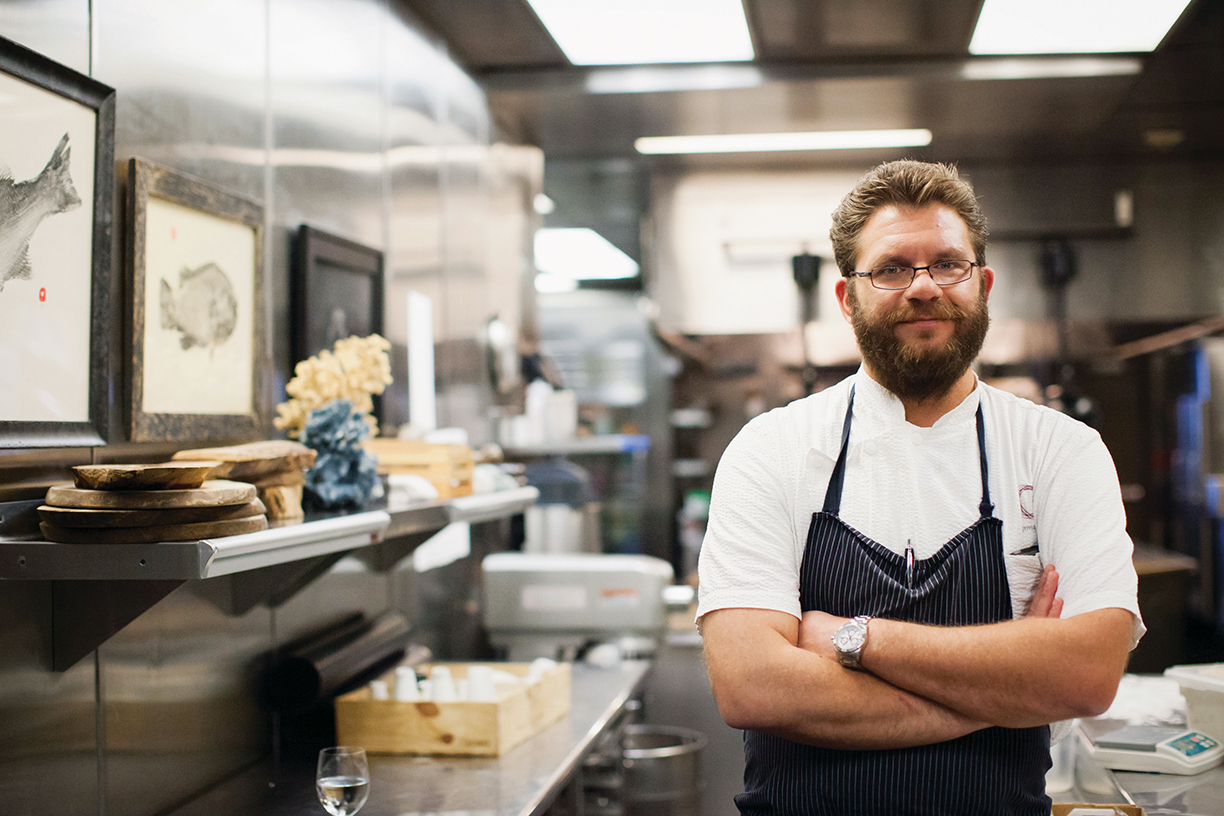
Michael Cimarusti. ©Jennkl Photography.
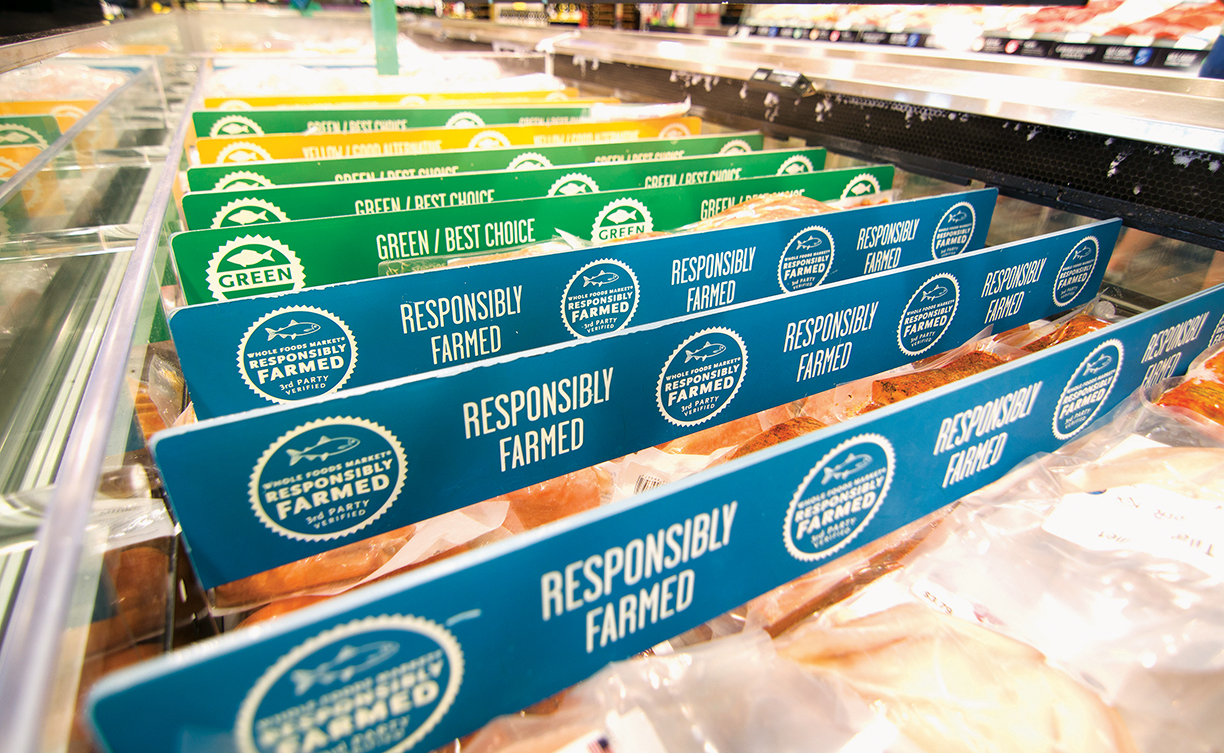
Courtesy of Whole Foods Market.
Hugh Acheson, author and James Beard Award-winning chef with a family of Georgia restaurants, also sits on Seafood Watch’s advisory board and is a strong advocate for local, sustainable ingredients. He recalls that in the 1990s chefs addressed a severe threat to swordfish through a voluntary ban and use of more sustainable alternatives, allowing stocks to replenish. “It made me realize how much clout we have, as chefs, to mandate change when we act as a plurality,” states Acheson.
“I think Seafood Watch has succeeded in being a valuable resource for consumers, chefs, wholesalers, and grocery stores,” says the Canadian-born chef who has helped reimagine Southern cuisine. Acheson, who notes that swordfish continues to face challenges, suggests Seafood Watch would have been an invaluable resource decades ago, when many chefs were oblivious to sustainability issues.
An affinity for bluefin tuna (maguro) and eel (unagi), both largely on Seafood Watch’s “Avoid” list, and adherence to centuries-old traditions makes sushi chefs among the most reluctant to adopt sustainable practices. One sushi chef committed to sustainability is Bun Lai, chef/owner of Miya’s Sushi in New Haven, Connecticut and another member of Seafood Watch’s Blue Ribbon Task Force. Some odd ingredients—every-thing from insects and invasive species to edible weeds—populate his voluminous menu, and the James Beard Award nominee relies on guidance from Seafood Watch.
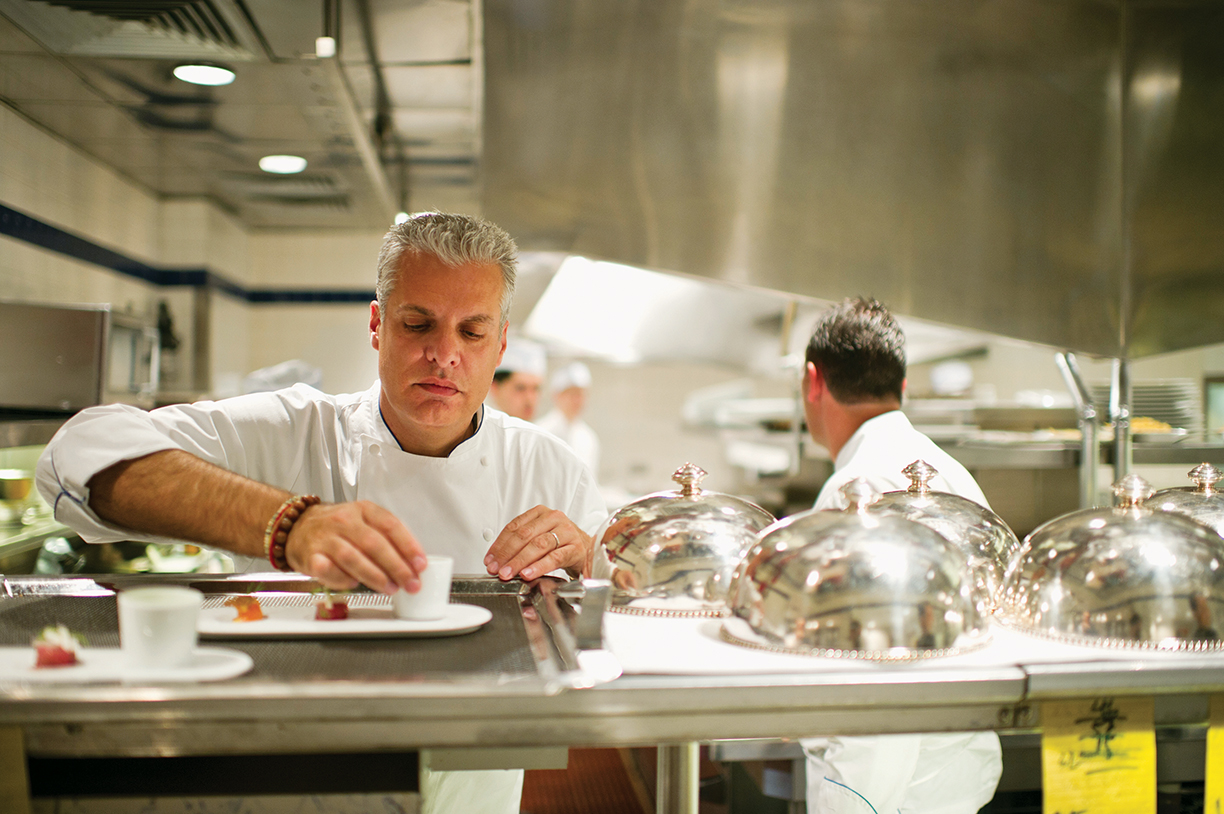
Éric Rippert. ©Daniel Kreiger Photography.
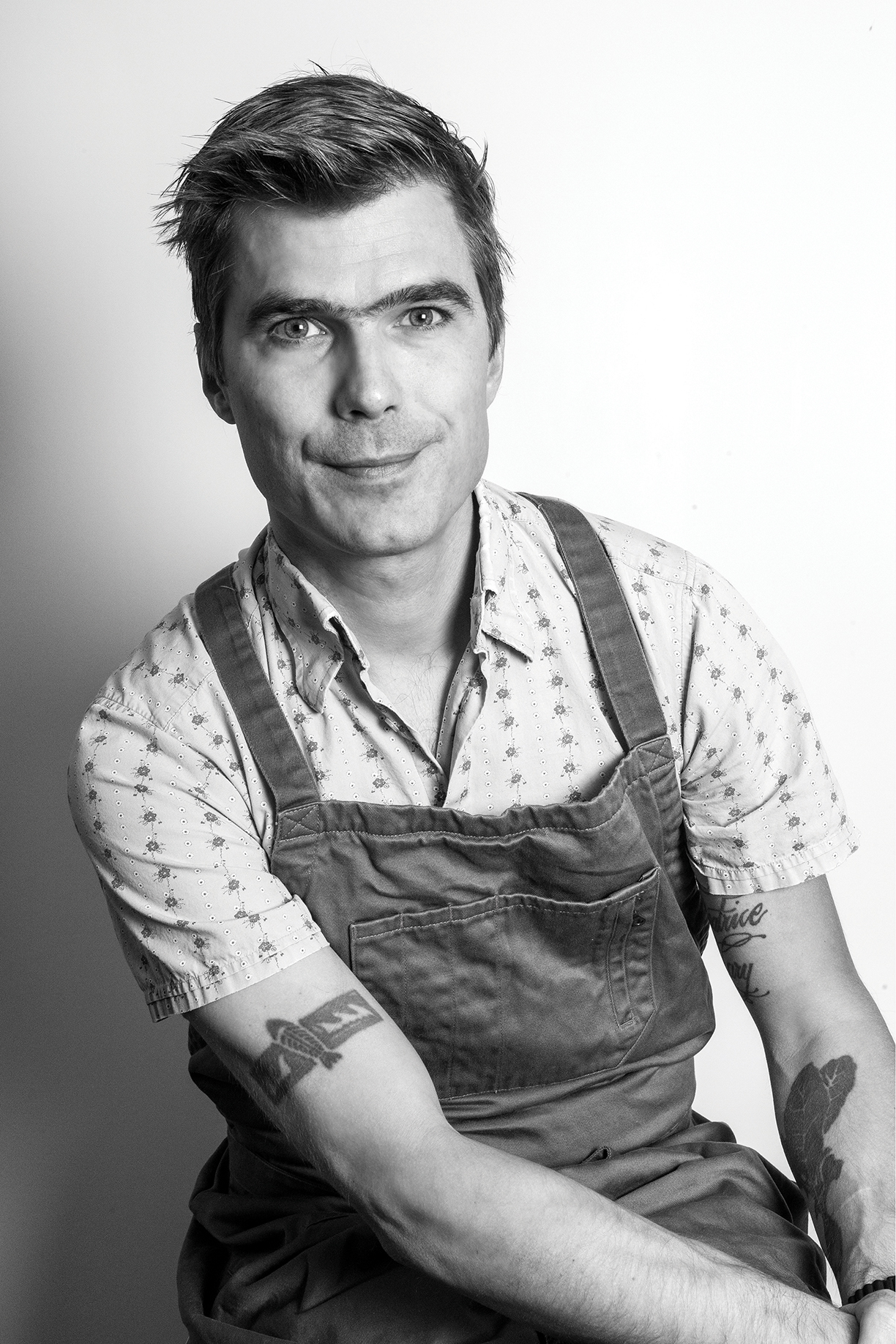
Hugh Acheson. Photo by Emily B. Hall.
“Miya’s started working on sustainable seafood very gradually in the early 2000s,” reports Lai, explaining that unreliable data made conscientious sourcing challenging. “Monterey Bay Aquarium’s Seafood Watch changed all of that by creating a tool that helped people choose sustainable seafood in a market awash with imported seafood of mostly dubious origin and quality,” says Lai. “When I first discovered Seafood Watch, it was as if a light beamed into the darkness I was surrounded by,” he says.

Bun Lai. ©Alan S. Orling.
“I admire my heritage, but we must question our traditions, too,” states Lai, acknowledging sushi’s popularity contributes to overfishing around the globe. He cites Jiro Ono, the revered sushi master featured in the documentary film Jiro Dreams of Sushi, who lamented the demise of the majestic bluefin while continuing to serve it to customers.
“There are, however, sushi chefs filled with a passion for sustainable seafood like those café owners who pioneered fair trade coffee decades ago,” says Lai with optimism. With Seafood Watch’s guides and app available to chefs and consumers alike, good choices can be made on both sides of the bar.
Sustainable Sources
Hugh Acheson
www.hughacheson.com
Le Bernardin
www.le-bernardin.com
Miya’s Sushi
www.miyassushi.com
Providence
www.providencela.com
Seafood Watch
www.seafoodwatch.org
Wellness may be a hot topic, but not everyone is sure what it means.
Every year one topic seems to dominate real estate. This year it’s wellness. Yet, if you ask designers and architects what comprises wellness in he home you are apt to get a variety of responses ranging from connections to nature to spaces for meditation or yoga to air quality. Some might point to certifications such as Wellness Within Your Walls or the WELL Building Standard or biophilic design. Others say LEED and other green certifications address wellness.
“I think health and wellness is still in the ‘public education’ stage of what it means. All last year you’re hearing it more and more and more. But I still think it’s educating the designer,” and the public, says Beverly Hills designer Christopher Grubb, president of Arch-Interiors Design Group. Designers often understand the term as it applies to LEED accreditation or to aging in place, but not necessarily the overall concept.
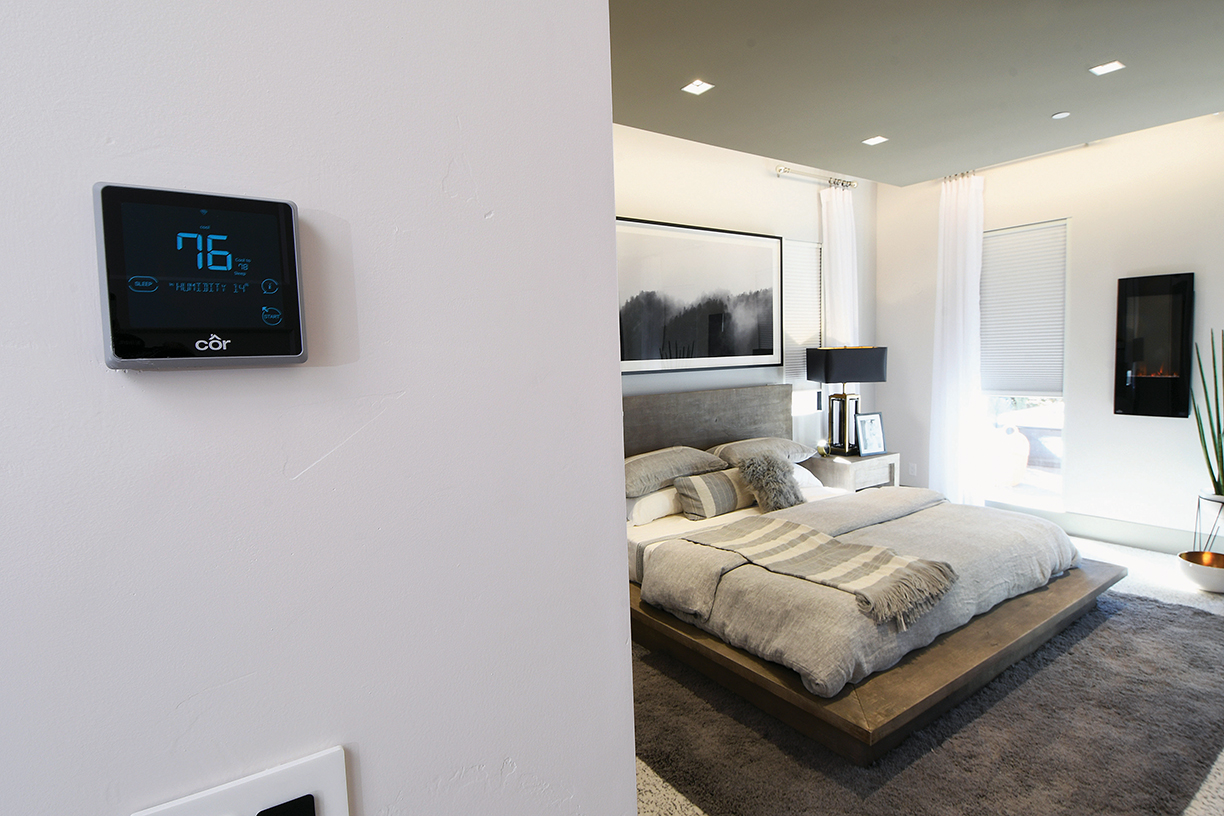
“It might mean one thing to one person and something else to another,” says designer Allie Mann with Case Architects and Remodelers in Washington, D.C., noting that some might be caught up in the movement without fully understanding it.
“I think that this is really being driven by a lot of consumer behavior. When it comes to the builder-developer world, I think our consumers are much more educated. I think they know what they want. They just don’t know how to get there,” says Angela Harris, creative director and principal of TRIO, an award-winning, market-driven, full-service interior design firm in Denver.
“Health and wellness is a new frontier for all of us, says Jacob Atalla, vice president of sustainability for KB Home. KB Home, along with Hanley Wood, KTGY Architects and Delos, a tech and wellness company, created a concept home outside of Las Vegas in Henderson, Nevada, to illustrate what a home designed with wellness as a core value looks like and how it functions. “It is the home story of the future,” he says.
Even though wellness seems to have suddenly burst onto the housing scene in the last year, the idea of connecting home to health is not new. More than 20 years ago, health issues potentially linked to building materials and toxic conditions such as black mold gained attention, giving rise to the term sick building syndrome. Since then, awareness of the relationship between the built environment and health has been growing. A decade ago, new technologies led to the development of products that either reduced the level of toxic contaminants released into the indoor ecosystem or scrubbed the air of VOCs (volatile organic compounds). Other concerns about noise, water and connections with the natural environment were also beginning to surface. At the same time, health and wellness was becoming an important value for consumers worldwide, expanding beyond fitness to include personalized medicine, mind-body connections, spa, wellness tourism and also the built environment.
By 2015, wellness had morphed into a $3.7 trillion industry worldwide, according to the Global Wellness Institute, and climbed an additional 6.4 percent annually to reach $4.2 trillion in 2017. One of the fastest growing sectors in the wellness space is a category called Wellness Lifestyle Real Estate, which includes everything in the built environment that incorporates wellness elements in design, construction, amenities and service. In addition to physical well-being, wellness real estate also addresses social wellness and mental, emotional and spiritual wellness.
The biggest difference between homes designed to promote wellness and homes that address air quality or other environmental factors that impact physical health is that wellness is integral to the design and permeates every aspect of the home from floor plan to amenities. “Overall you are programming the home to be more livable,” says Harris.
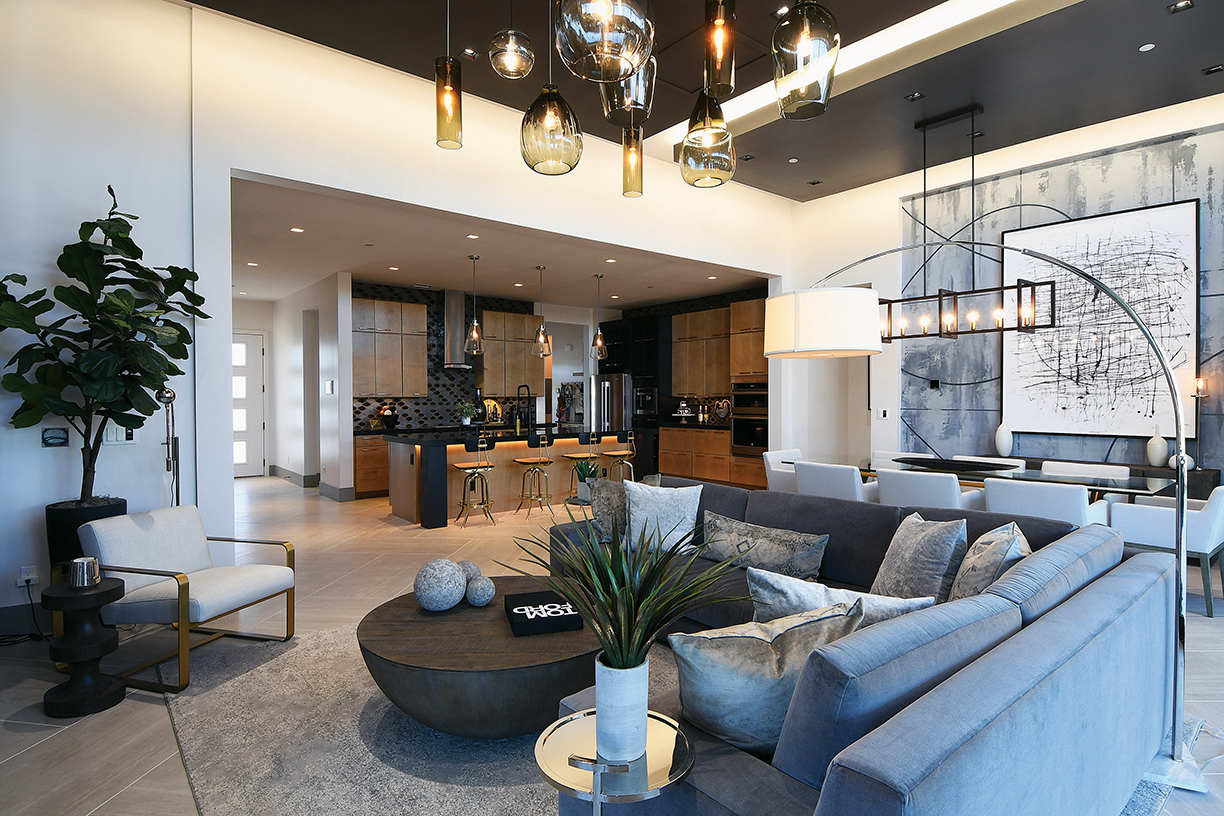
Frustrated by the lack of attention to the ways in which indoor environments influence health, Phil Scalia, a former partner at Goldman Sachs, founded the initiative that eventually became Delos, which has been on the forefront of wellness in the built environment for more than 10 years. In 2014, Delos established the WELL Building Standard, which was initially applied to commercial buildings. Over 1,200 projects in 45 countries, across over 250 million square feet of commercial real estate, fall under the WELL umbrella. The WELL standard focuses on seven categories of building performance: air, water, nourishment, light, fitness, comfort and mind. Additionally, it takes connections between a building and the surroundings into consideration.
During groundbreaking work on EcoManor, the first LEED Gold certified single-family residence in the U.S., designer Jillian Pritchard Cooke discovered that both consumers and design and construction professionals lacked accurate information on how to reduce toxins in the interior environment. That was the inspiration for Wellness Within Your Walls, another wellness certification that offers education on building and designing healthier interior environments. The focus is on materials both for construction and also furnishings and finishes.
Another more recent wellness initiative centers around the principles of biophilic design and the benefits of bringing natural elements into buildings. In 2016, Amanda Sturgeon, a biophilic design expert and CEO of the International Living Future Institute spearheaded the Biophilic Design Initiative. In addition to designers, builders and architects, current proponents include tech companies who have added natural elements to buildings to increase productivity and reduce stress for workers.
This year, it’s fair to say wellness is coming home as attention shifts from commercial to residential applications. The KB ProjeKt Home takes wellness in residential structures to the next level. Not only are established practices regarding connections with the outdoors, indoor toxins and air quality embedded in the design, but a synergy with smart home tech transforms wellness from a passive attribute into one that is active.
“The motivation was to examine how we can make the home healthier and at the same time how do we engage that home in partnering with the occupants, with the people living in it, to enhance their health and wellness or engage them in making the environment they live in better. We know that about 90 percent of our lives are spent indoors, and a lot of that indoor living is in your own home,” Atalla explains. Recent research from Hanley Wood shows that homeowners believe housing is essential or extremely important to good health, and two-thirds say the right housing environment could cut annual medical costs by 40 percent.
Central to the home’s wellness quotient is an innovative smart system, dubbed DARWIN, developed by Delos. This first of its kind, home wellness intelligence network constantly monitors the home environment and interacts with and adjusts systems in the home as needed. A network of sensors built into the walls — there are nine in the ProjeKt Home — constantly tests air quality.
If it detects problems with air quality, containments or chemicals from everyday products, DARWIN directs the climate control systems to bring more fresh air to that room. Water quality is also monitored, and purified water is delivered to every fixture in the home. “You have a wellness intelligence system that is constantly doing things on your behalf to increase your wellbeing,” says Atalla.
The system also monitors the plumbing system and alerts homeowners to leaks. Sleep is an important wellness component and the master bedroom in this home is primed to promote slumber. Special noise-damping drywall ensures quiet. Motorized shades block out exterior light. “Total quietness, total darkness, and circadian rhythms help you sleep,” adds Atalla.
Lighting is another mainstay of wellness formulas, both natural light from large windows and expanses of glass as well as interior lighting keyed to circadian rhythms. DARWIN adjusts lights to match the time of day. But what makes this function more worthwhile is the homeowner can change the lighting to produce a desired effect, which means the lights can create an energizing morning environment even if morning comes at 5 a.m. on a stormy day.

A living garden wall enables the home to grow herbs and microgreens. Turning the home and kitchen into a place to produce healthy food is an emerging area of innovation for kitchens.
Social interaction is another wellness component, and community design increasingly takes social interaction into account with spaces such as walking trails, parks and coffee houses designed to encourage interaction and encounters among residents as part of everyday life.
It might seem like a big jump to add wellness to typical new homes, particularly production homes, but Atalla says the KB ProjeKt Home is an example of what can be done. Additionally, Harris says it’s often an easy tweak to add features such as water filtration in the kitchen and master bath. “That doesn’t cost a whole lot. And again, I think it’s just about livability and how you’re programming your floor plan to be more livable.”
Looking ahead, most research points to continued growth of the wellness economy, with new initiatives approaching wellness from the perspective of design, construction, materials and function. There are now more than 740 wellness real estate and community developments built or in development across 34 countries — a number that grows weekly according to the Global Wellness Institute.
Right now, the $134 billion wellness real estate market is about half the size of the global green building industry and projections call for the pace to continue. “But the wellness market isn’t just growing, it’s extremely dynamic. We believe that the three sectors that represent the core spheres of life will see the strongest future growth — wellness real estate, workplace wellness and wellness tourism — while other sectors will also grow as they support the integration of wellness into all aspects of daily life,” says Ophelia Yeung, senior research fellow, GWI.


